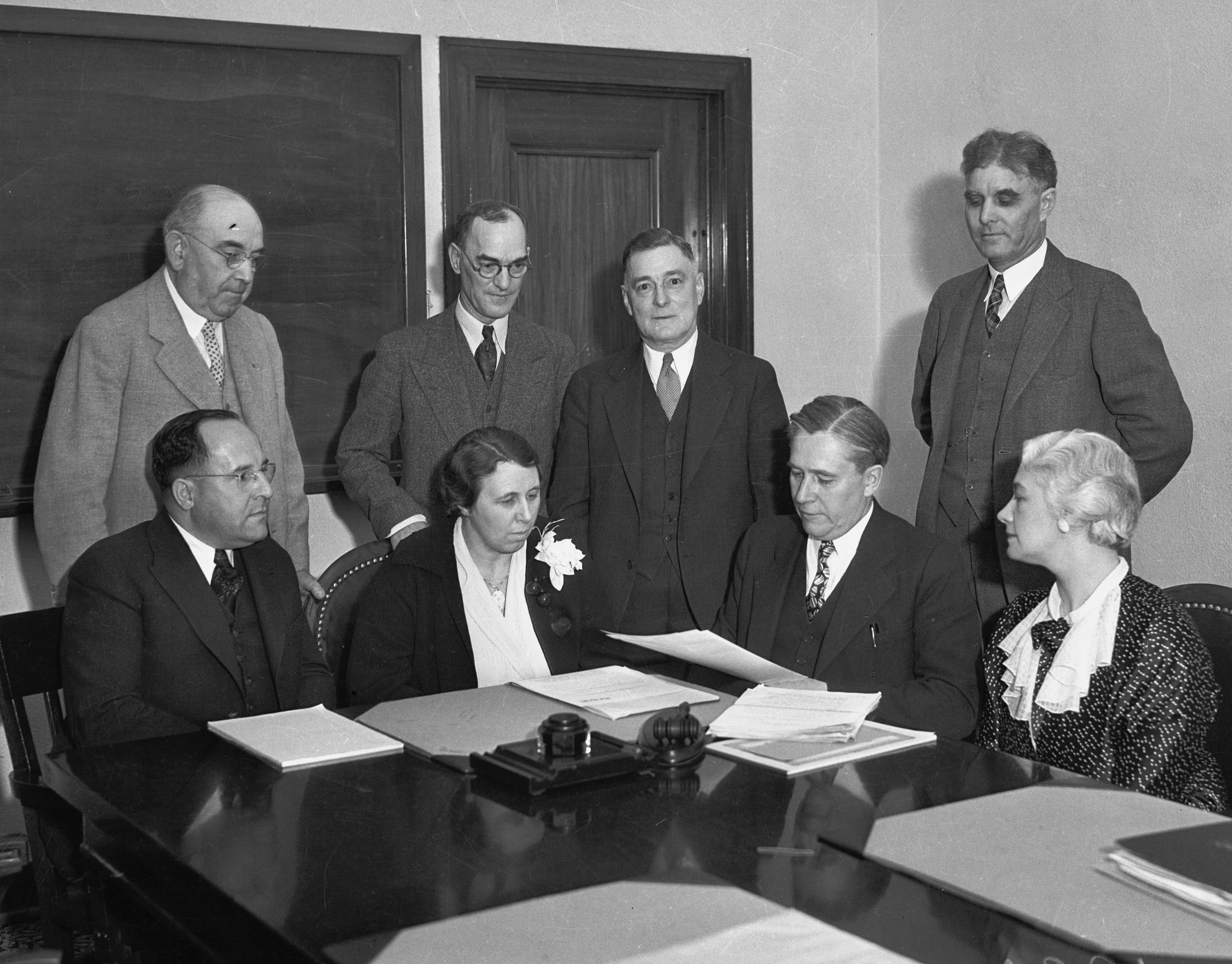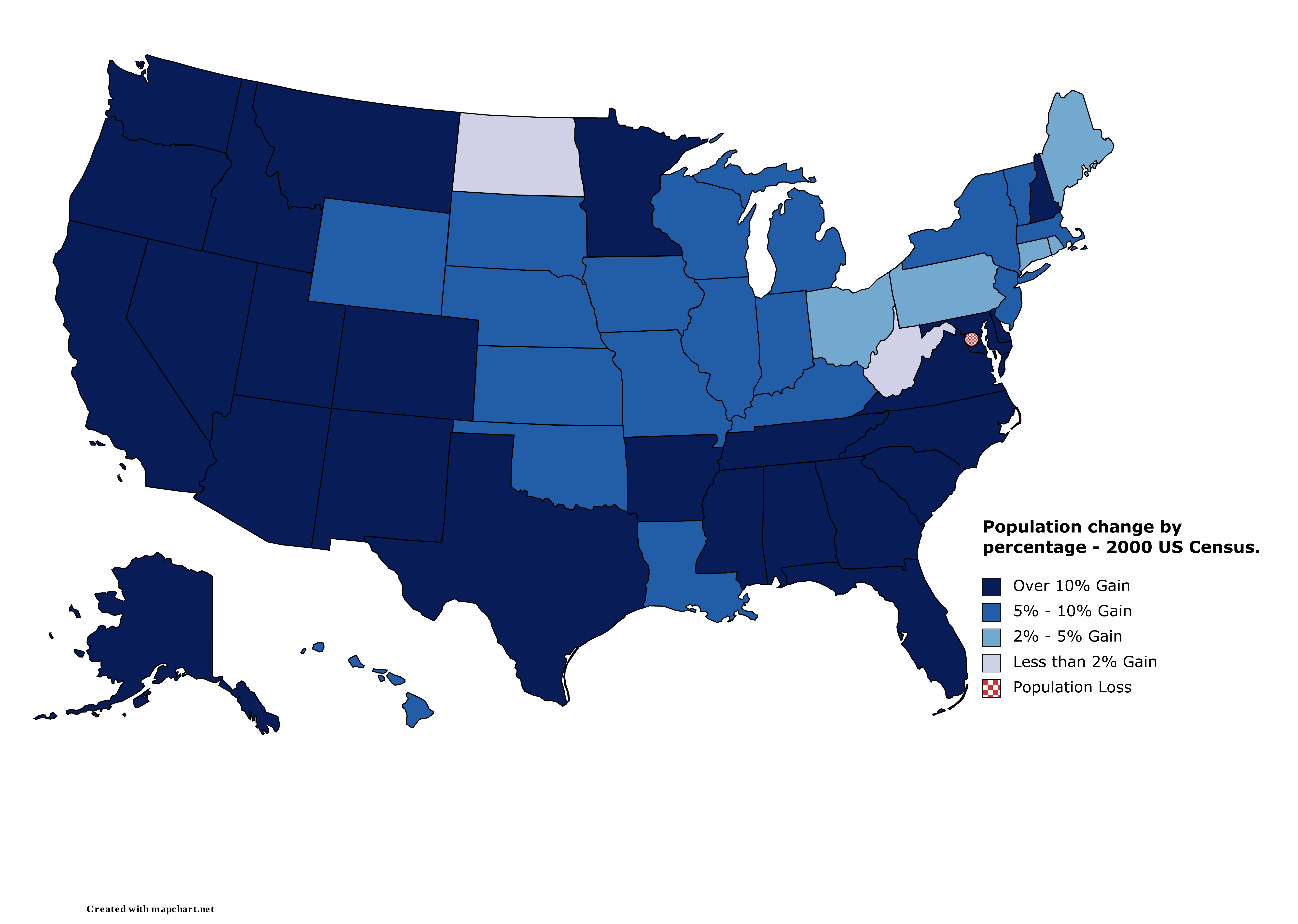|
Florence-Graham
Florence-Graham (locally known as Florence-Firestone) is an unincorporated community in Los Angeles County. The population was 61,983 at the 2020 census, down from 63,387 at the 2010 census. The census area includes separate communities of Florence, Firestone Park, and Graham. It is located in the south central region of Los Angeles County. The neighboring communities are Central-Alameda, Florence, Green Meadows, Lynwood, South Gate, South Park, Vernon, Walnut Park and Watts. Geography Florence-Graham is located at . According to the United States Census Bureau, the CDP has a total area of , all land. Demographics 2010 At the 2010 census Florence-Graham had a population of 63,387. The population density was . The racial makeup of Florence-Graham was 23,896 (37.8%) white (0.7% non-Hispanic white), 5,862 (9.3%) African American, 498 (0.8%) Native American, 150 (0.2%) Asian, 25 (0.0%) Pacific Islander, 30,704 (48.4%) from other races, and 2,254 (3.6%) from two or more races. ... [...More Info...] [...Related Items...] OR: [Wikipedia] [Google] [Baidu] |
Los Angeles County, California
Los Angeles County, officially the County of Los Angeles, and sometimes abbreviated as L.A. County, is the most populous county in the United States and in the U.S. state of California, with 9,861,224 residents estimated as of 2022. It is the most populous non–state-level government entity in the United States. Its population is greater than that of 40 individual U.S. states. At and with 88 incorporated cities and many unincorporated areas, it is home to more than one-quarter of California residents and is one of the most ethnically diverse counties in the United States. Its county seat, Los Angeles, is also California's most populous city and the second-most populous city in the United States, with about 3.9 million residents. In recent times, statewide droughts in California have placed great strain on the County’s (and the City of Los Angeles's) water security. History Los Angeles County is one of the original counties of California, created at the time of ... [...More Info...] [...Related Items...] OR: [Wikipedia] [Google] [Baidu] |
Florence, California
Florence is an unincorporated community in California. It is often considered part of South Los Angeles despite being outside the Los Angeles city limits. It is serviced by area code 323 and has a ZIP Code of 90001. It is the northern part of the Florence-Graham CDP. Emergency services Fire protection in Florence is provided by the Los Angeles County Fire Department, primarily serviced by Los Angeles County Fire Station 16 at 8010 S. Compton Ave., with ambulance transport by Care Ambulance Service. The Los Angeles County Sheriff's Department (LASD) operates the Century Station in Lynwood, serving Florence. ." . ... [...More Info...] [...Related Items...] OR: [Wikipedia] [Google] [Baidu] |
Area Code 323
Area codes 213 and 323 are telephone area codes in the North American Numbering Plan (NANP) for the U.S. state of California. They are assigned to a numbering plan area (NPA) that comprises, roughly, the area of central Los Angeles, and includes several Southeast LA communities, such as Bell and Huntington Park. The area codes designated separate NPAs starting in 1998, when 323 was added, but were combined in an overlay plan into a single NPA in 2017. Previously, just downtown Los Angeles and immediately adjoining neighborhoods were served by area code 213, and the rest of central Los Angeles used area 323. Area code 213 is one of the original area codes created with the NANP in 1947, and was split five times over the decades. History In 1947, when the American Telephone and Telegraph Company (AT&T) devised the initial form of the North American Numbering Plan, the state of California was divided into three numbering plan areas: 213, 415, and 916, for the southern, centra ... [...More Info...] [...Related Items...] OR: [Wikipedia] [Google] [Baidu] |
Los Angeles Unified School District
Los Angeles Unified School District (LAUSD) is a public school district in Los Angeles, California, United States. It is the largest public school system in California in terms of number of students and the 2nd largest public school district in the United States, with only the New York City Department of Education having a larger student population. During the 2022–2023 school year, LAUSD served 565,479 students, including 11,795 early childhood education students and 27,740 adult students. During the same school year, it had 24,769 teachers and 49,231 other employees. It is the second largest employer in Los Angeles County after the county government. The school district's budget for the 2021-2022 school year was $10.7 billion, increasing to $12.6 billion for the 2022–2023 school year. The school district's jurisdiction area consists of the city of Los Angeles and all or portions of several adjoining cities in southwestern Los Angeles County, California. LAUSD has its own ... [...More Info...] [...Related Items...] OR: [Wikipedia] [Google] [Baidu] |
2010 United States Census
The United States census of 2010 was the twenty-third United States national census. National Census Day, the reference day used for the census, was April 1, 2010. The census was taken via mail-in citizen self-reporting, with enumerators serving to spot-check randomly selected neighborhoods and communities. As part of a drive to increase the count's accuracy, 635,000 temporary enumerators were hired. The population of the United States was counted as 308,745,538, a 9.7% increase from the 2000 census. This was the first census in which all states recorded a population of over half a million people as well as the first in which all 100 largest cities recorded populations of over 200,000. Introduction As required by the United States Constitution, the U.S. census has been conducted every 10 years since 1790. The 2000 U.S. census was the previous census completed. Participation in the U.S. census is required by law of persons living in the United States in Title 13 of the United ... [...More Info...] [...Related Items...] OR: [Wikipedia] [Google] [Baidu] |
Marriage
Marriage, also called matrimony or wedlock, is a culturally and often legally recognized union between people called spouses. It establishes rights and obligations between them, as well as between them and their children, and between them and their in-laws. It is considered a cultural universal, but the definition of marriage varies between cultures and religions, and over time. Typically, it is an institution in which interpersonal relationships, usually sexual, are acknowledged or sanctioned. In some cultures, marriage is recommended or considered to be compulsory before pursuing any sexual activity. A marriage ceremony is called a wedding. Individuals may marry for several reasons, including legal, social, libidinal, emotional, financial, spiritual, and religious purposes. Whom they marry may be influenced by gender, socially determined rules of incest, prescriptive marriage rules, parental choice, and individual desire. In some areas of the world, arranged ... [...More Info...] [...Related Items...] OR: [Wikipedia] [Google] [Baidu] |
POSSLQ
POSSLQ ( , plural POSSLQs) is an abbreviation (or acronym) for "Person of Opposite Sex Sharing Living Quarters", a term coined in the late 1970s by the United States Census Bureau as part of an effort to more accurately gauge the prevalence of cohabitation in American households. After the 1980 Census, the term gained currency in the wider culture for a time. After demographers observed the increasing frequency of cohabitation over the 1980s, the Census Bureau began directly asking respondents to their major surveys whether they were "unmarried partners", thus making obsolete the old method of counting cohabitors, which involved a series of assumptions about "Persons of Opposite Sex Sharing Living Quarters". The category "unmarried partner" first appeared in the 1990 Census, and was incorporated into the monthly Current Population Survey starting in 1995. By the late 1990s, the term POSSLQ had fallen out of general usage (having been replaced by " significant other") and return ... [...More Info...] [...Related Items...] OR: [Wikipedia] [Google] [Baidu] |
Same-sex Partnerships
A domestic partnership is a legal relationship, usually between couples, who live together and share a common domestic life, but are not married (to each other or to anyone else). People in domestic partnerships receive benefits that guarantee right of survivorship, hospital visitation, and other rights. The term is not used consistently, which results in some inter-jurisdictional confusion. Some jurisdictions, such as Australia, New Zealand, and the U.S. states of California, Maine, Nevada, Oregon and Washington use the term "domestic partnership" to mean what other jurisdictions call civil union, civil partnership, or registered partnership. Other jurisdictions use the term as it was originally coined, to mean an interpersonal status created by local municipal and county governments, which provides an extremely limited range of rights and responsibilities. Some legislatures have voluntarily established domestic partnership relations by statute instead of being ordered ... [...More Info...] [...Related Items...] OR: [Wikipedia] [Google] [Baidu] |
Census-designated Place
A census-designated place (CDP) is a concentration of population defined by the United States Census Bureau for statistical purposes only. CDPs have been used in each decennial census since 1980 as the counterparts of incorporated places, such as self-governing cities, towns, and villages, for the purposes of gathering and correlating statistical data. CDPs are populated areas that generally include one officially designated but currently unincorporated community, for which the CDP is named, plus surrounding inhabited countryside of varying dimensions and, occasionally, other, smaller unincorporated communities as well. CDPs include small rural communities, edge cities, colonias located along the Mexico–United States border, and unincorporated resort and retirement communities and their environs. The boundaries of any CDP may change from decade to decade, and the Census Bureau may de-establish a CDP after a period of study, then re-establish it some decades later. Mo ... [...More Info...] [...Related Items...] OR: [Wikipedia] [Google] [Baidu] |
2000 United States Census
The United States census of 2000, conducted by the Census Bureau, determined the resident population of the United States on April 1, 2000, to be 281,421,906, an increase of 13.2 percent over the 248,709,873 people enumerated during the 1990 census. This was the twenty-second federal census and was at the time the largest civilly administered peacetime effort in the United States. Approximately 16 percent of households received a "long form" of the 2000 census, which contained over 100 questions. Full documentation on the 2000 census, including census forms and a procedural history, is available from the Integrated Public Use Microdata Series. This was the first census in which a state – California – recorded a population of over 30 million, as well as the first in which two states – California and Texas – recorded populations of more than 20 million. Data availability Microdata from the 2000 census is freely available through the Integrated Public Use Microdata S ... [...More Info...] [...Related Items...] OR: [Wikipedia] [Google] [Baidu] |


